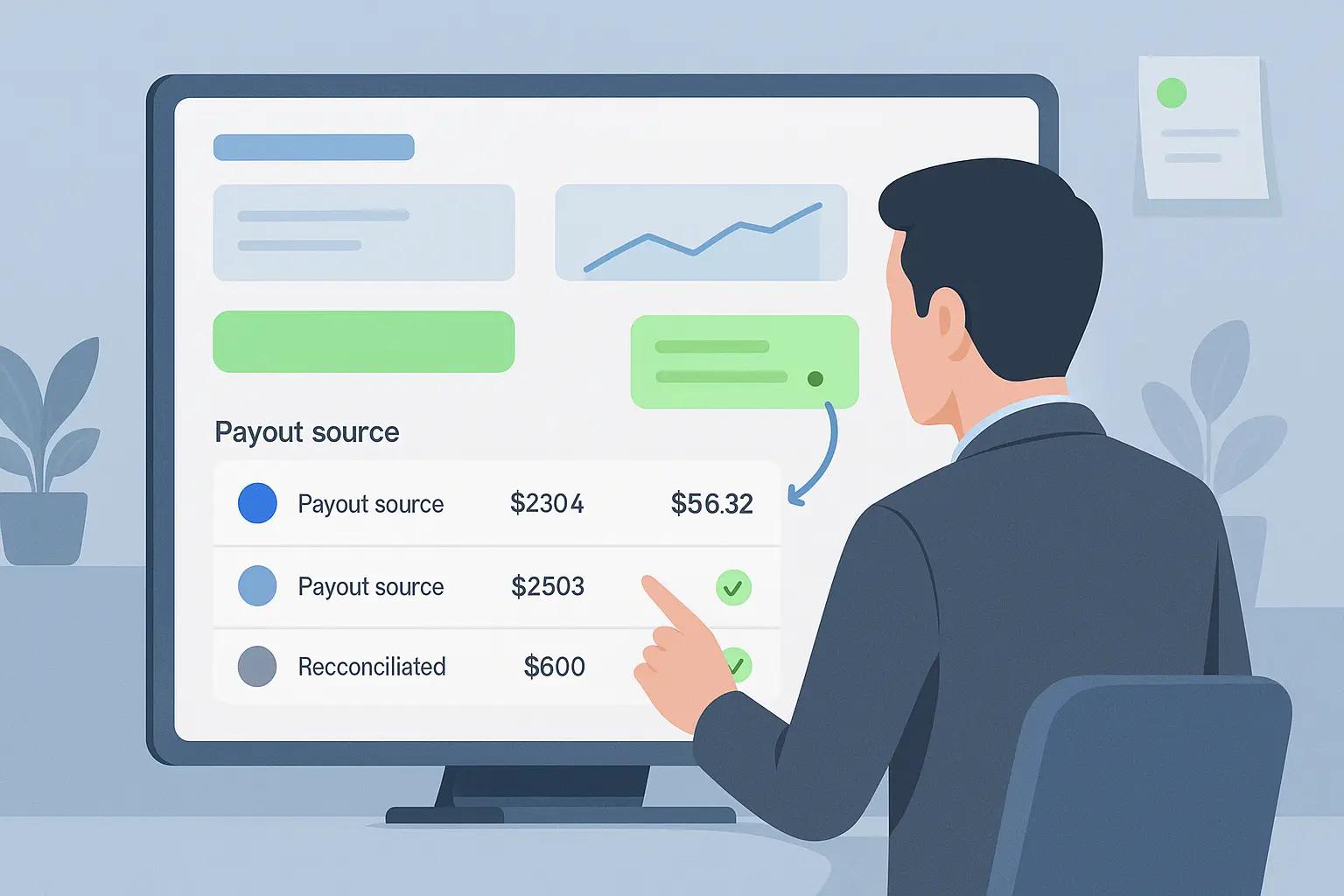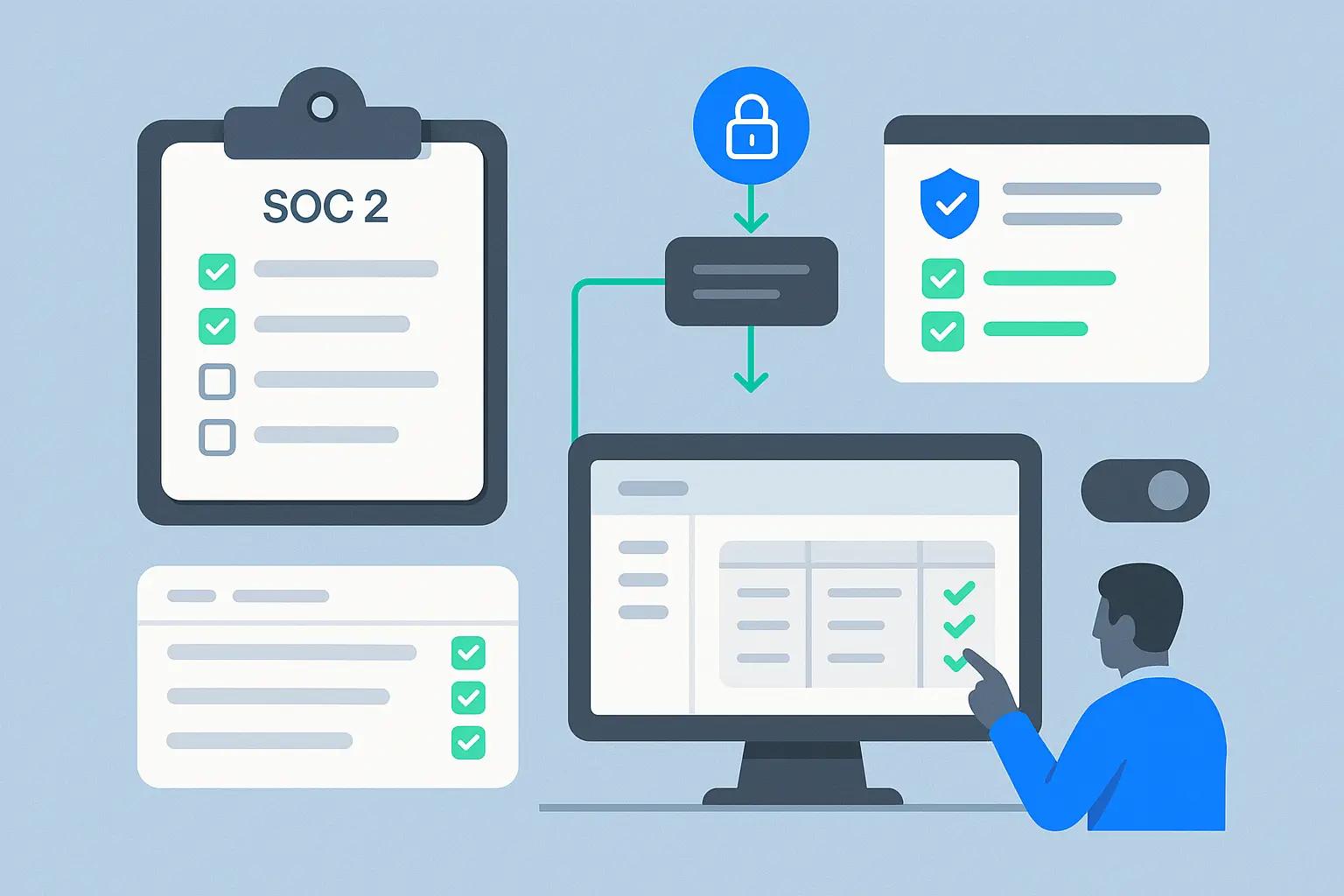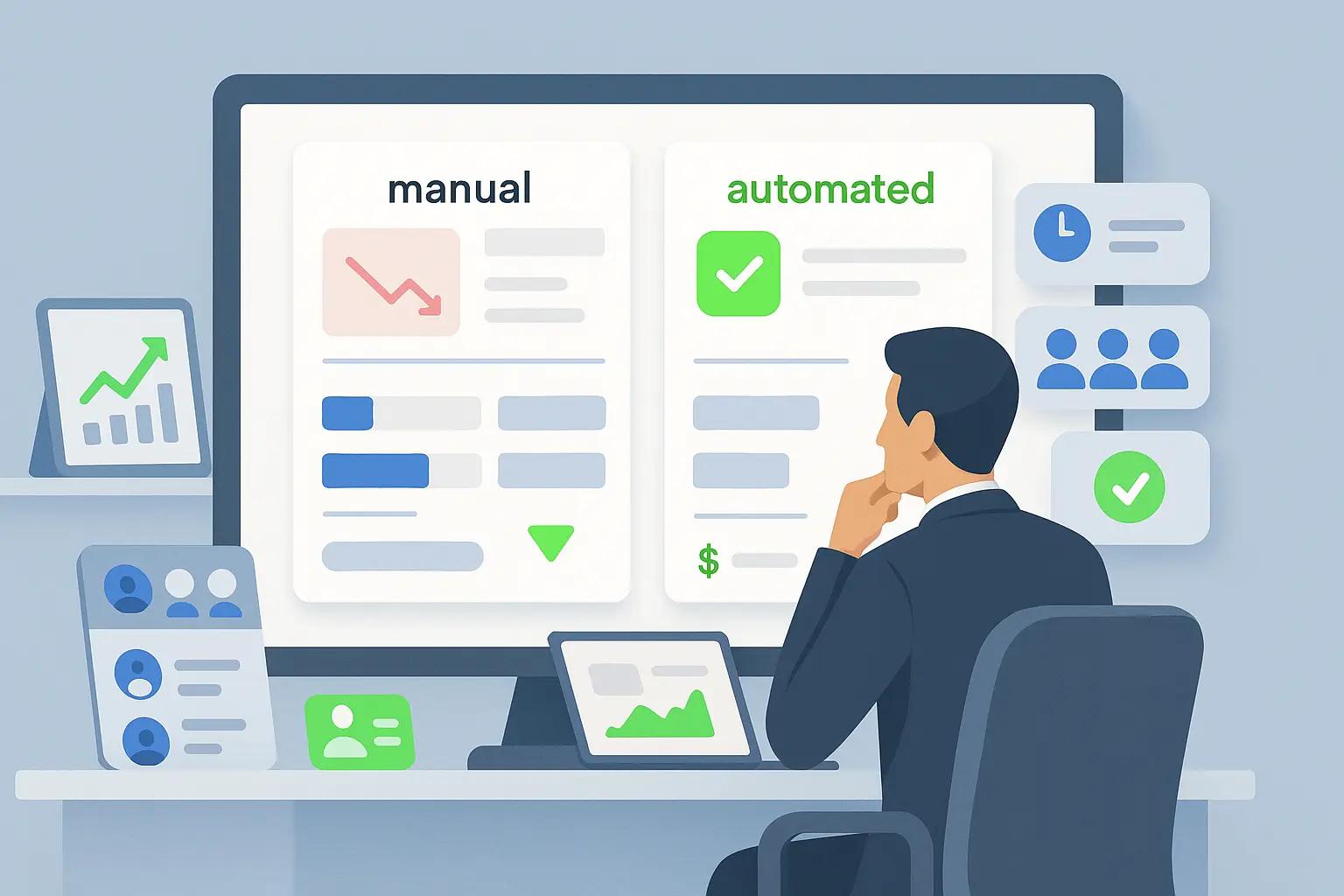
Fintech Buyers Don’t Read Blogs. They Vet Risk.
If you’re selling to fintech compliance leads, heads of ops, CFOs, or product owners you’re not competing for attention.
You’re competing for trust.
These buyers care about:
- Regulatory fit
- Technical stability
- Proof you’re not going to waste their team’s time
That means your content can’t just look good. It needs to reduce perceived risk. Here’s what content actually works on fintech buyers in 2025.
What Doesn’t Work (No Matter How Good It Looks)
Avoid these default content plays:
- Thought-leadership blogs that don’t show your product
- Vague "X tips" listicles for general SaaS
- Long eBooks with no clear next step
- Customer stories without metrics or vertical alignment
- Whitepapers without clear compliance relevance
Fintech buyers aren’t allergic to content they’re allergic to fluff.
Related: What a SaaS Landing Page Should Really Say
Format 1: Solution Deep-Dives With Product Screens
Fintech buyers want to see how your product solves their specific problem.
Structure:
Real use case (e.g. “Reconciling payouts from 3 sources in under 30 mins”)
Annotated product screenshots or Loom walkthrough
One callout on time/cost/accuracy improvement
CTA: “See it in action” or “Book technical walkthrough”
Make it feel like they’re onboarding before they buy.
Related: Funnels That Convert With Fewer Steps
Format 2: Technical How-Tos (Not Just Feature Tours)
Fintech teams care about integration depth, data handling, and edge cases.
What works:
- Tutorials for specific systems (e.g. “Sync ACH payouts from Plaid to QuickBooks”)
- How-tos written by engineers or product, not content marketers
- Github-style visuals or diagrams
- API call examples (especially with variables explained)
This builds technical trust before sales ever talks to the team.
Related: Tools SaaS Teams Actually Use in 2025
Format 3: Compliance + Ops Playbooks
If your product touches money, identity, or reporting make compliance easy to grasp.
Content that works:
- Checklists for SOC2, PCI, KYC audits
- Flowcharts for internal review
- Comparison tables for what you automate vs. what stays manual
- Pre-mapped workflows (e.g. “How we passed audit using [Product]”)
Bonus: Include pre-filled Notion docs, Google Sheets, or editable PDFs.
Related: Automate Client Onboarding Without Zapier
Format 4: Buyer-Led ROI Breakdowns

CFOs and ops leads want proof of payoff not “better UX.”
What converts:
- ROI tables (time saved, team hours cut, revenue protected)
- Quotes from buyers in the same vertical (“Saved 10+ hours/month in reconciliations”)
- Side-by-side cost comparisons of manual vs automated workflows
- Highlighting where headcount wasn’t needed thanks to you
The key: show cost avoidance, not just “value.”
Related: Why Early-Stage Startups Should Skip Paid Ads
Format 5: Self-Guided Interactive Demos
Fintech buyers hate being forced to book a call just to see if your UI is usable.
Add:
- Embedded Navattic or Storylane-style demo walkthroughs
- Clickable flows that show real data (blurred if needed)
- Start with “No sign-up needed” options
- End with: “Want help setting this up for your stack?”
Make your demo feel more like a proof-of-fit tool than a sales pitch.
Related: A Smarter Way to Set Up Lead Funnels
Format 6: Risk-Reduction Pages That Don’t Look Like Legal Docs

You don’t need a 20-page PDF to build trust. You need:
- Dedicated pages for SOC2, GDPR, ISO, and audit readiness
- Links to internal process docs or controls
- 2–3 transparent security FAQs (“Do you store PII?”, “How is access managed?”)
- Optional: third-party certifications or pen test reports
These pages should look like help docs not legal disclaimers.
Related: Homepage Structure That Speaks to B2B Buyers
Format 7: Vertical-Specific Setup Walkthroughs
Generic case studies don’t convert.
Instead, create walkthroughs by segment:
- “How a neobank automates daily reconciliations”
- “Why a lending platform skipped spreadsheets”
- “How a crypto compliance team uses our SOC2 toolkit”
Each should include:
- Stack integration map
- Screenshots with actual setup
- 2–3 quantified wins
- Links to relevant product features

Content Distribution That Reaches Fintech Buyers
You don’t need to “go viral.” You need to be credible in the right places:
- LinkedIn (especially through team member posts, not company page)
- Slack groups and private fintech forums
- Industry newsletters and partner features
- Podcast guest spots → turned into blog → turned into demo → turned into SEO
Always ask: What would make a buyer forward this to their team?
Conclusion: Fintech Buyers Don’t Want More Content They Want Proof.
Fintech leads aren’t trying to “learn.” They’re trying to evaluate.
What works:
- Product content that shows ROI
- Technical walkthroughs that prove fit
- Compliance pages that reduce friction
- Interactive demos that de-risk the click
- Role-specific formats for finance, ops, and eng
If your content builds trust, they’ll book. If it doesn’t, they won’t.

Custom video production at scale
Aneeverse covers all video needs whether you're telling your brand story, launching a product or running ads. Discover how we can help you scale.
